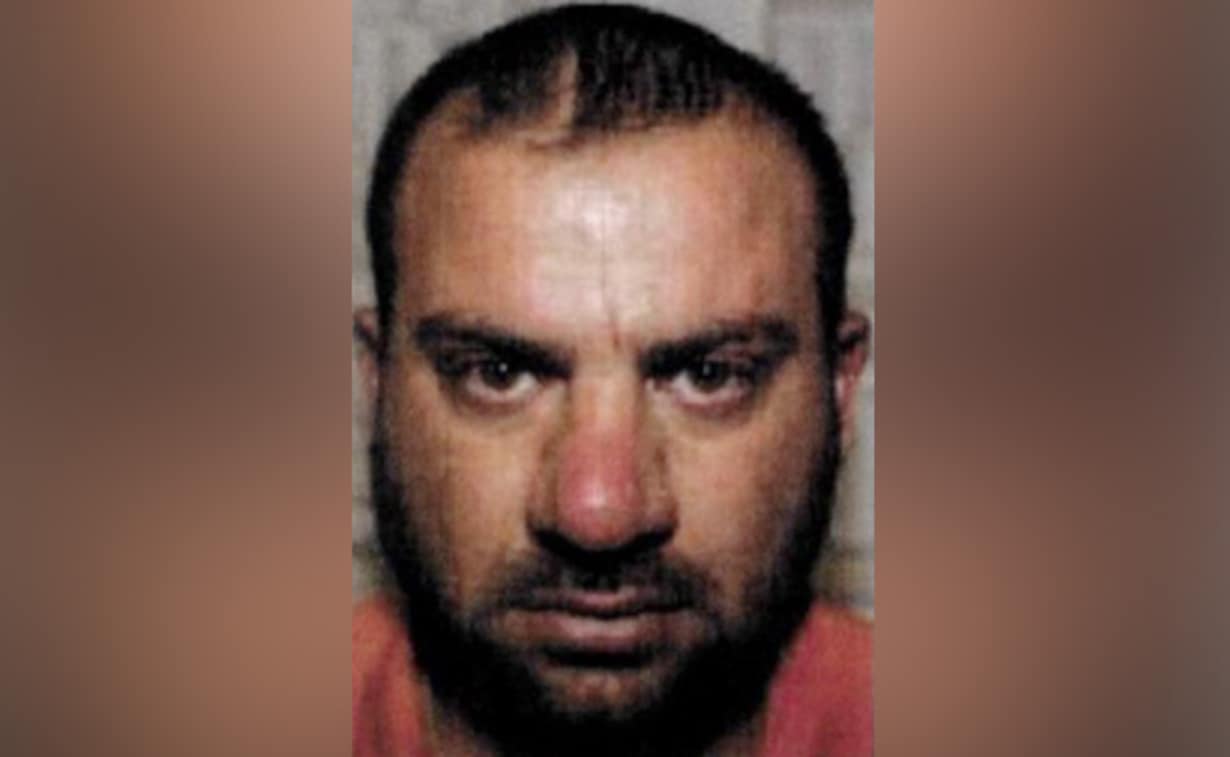Beirut: The day after the death of the Islamic state of Abu Ibrahim Al-Qurashi during the US attack in Syria, many questions remain on the operation and future of the Jihadist Group.
How was he located?
Qurashi was killed in the city of Atme during the night air operation at his home.
US officials said the location had been narrowed out last year. The building owner told AFP Qurashi had lived there for 11 months.
Raid came a few days after ISIS launched her biggest operation in the years to spring fighters from a large Kurdish prison managed in the northeastern city of Hasakeh.
“The operation time shows that there is intelligence that connects Qurashi to Ghawanran prison attacks,” said Nick Heras, an analyst at the Newlines Institute.
“It won’t be surprising that the US presses Turkey to release information.”
Turkey holds a big shake above the northwest of Syria and maintains a form of work relations with Hayat Tahrir Al-Sham (HTS), the jihadists who control the majority of the Idlib region.
A large number of Isis prisoners were considered to have broken during the Hasakeh attack. Their trajectories and communications may have created intelligence opportunities.
“If Qurashi plans to record a statement about the recent attack, maybe it creates a gap,” Aron Lund said, same-sex with Century International.
Iraqi Prime Minister on Thursday claimed credit to collect intelligence that leads to one of the most sought after men in the world.
How did he die?
According to the White House and US defense officials, Quraashi died when he detonated a bomb to avoid arrest.
“He committed suicide and his family immediately without fighting, even when we tried to call on his surrender and offered him the way to survive,” said the head of the US Central Command, General Kenneth McKenzie.
Damage seen in three-level homes – including burning marks and collapsing roof parts – tend to confirm at least one explosion occur in the house.
Neighbors told the AFP they heard the explosion but the official US statement was the only version of what happened in the house.
US spokesman Pentagon John Kirby said the identification of Qurai’s fingerprint was carried out in the location but did not explicitly say whether US forces had taken the body or left him.
Photos intended to show Qurashi’s face circulating on social media cannot be authenticated by AFP and not provide clear information about how he died.
Who else was there
US officials said at least three civilians died during the attack, besides Qurashi and the other two outside the home forced special forces to reply.
Syrian observatories for human rights monitors say they have reported 13 dead people, 12 of them were killed in the house.
The head of Rami Observatory Abdel Rahman said Qurashi had two wives, both of whom were killed in the attack, along with Isis and adult daughter sisters.
He also said the body of four children was found, and two other incomplete bodies that might have children.
Save the Children said at least six children, including two babies, were killed during the attack.
Abdel Rahman said one of the Senior Qurai colleagues was also killed.
One of the injured Qurashi children was treated by civil defense but then transferred to a location that was unknown to the power connected with HTS.
What next for ISIS?
The attack throughout the week in Ghawanran Prison, ISIS was launched two weeks before has raised concerns over the resurrection, almost three years after ISIS lost the remnants of the last “kempalipate”.
However, for Hassan, prison attacks are “not part of a strategic comeback, or indication of recovery”.
“The group remains weak and open,” he said, adding Thursday’s attacks was more evidence of increasing efficiency by US forces and allies assigned to track ISIS leaders.
Qurashi is largely not seen during his time in a helmet but the group, who has not recognized his death, still has to find the new “Khalifh”.

